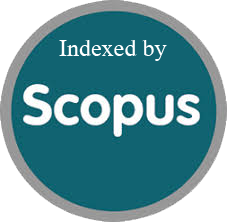A Study Of Fluoride Zones In Pennagaram Taluk, Dharmapuri District, Tamil Nadu, India
Abstract
In Pennagaram taluk fluoride is excess in many places and causes serious health problem to the local people. Only few months they get drinking water from the integrated Hogenakkal Water Project and during long summer through deep community/own bore wells which contain fluoride. Hence, the present study classifies the fluoride zones of Pennagaram taluk of Dharmapuri district. The objective of the present study is 1) to classify the fluoride zones of Pennagaram taluk, 2) to evaluate the relationship between fluoride level and terrain and 3) to find out the coefficient of determination (R2) for fluoride concentration versus altitude. Seven years (2014-2018) of water samples fluoride data for 30 places were collected from the State Ground and Surface Water Resources Data Centre, Chennai for pre and post monsoon period recorded in the months of July and January. The fluoride attributes are added in ArcGIS9.1 software to depict raster maps. These maps are classified, reclassified, using weighted overlay technique. Accordingly, this study area is having limited groundwater potential and excess fluorides are the main issues in this taluk. The higher altitude areas have low levels of fluoride concentration than the low lying areas. As a result, the terrain of Pennagaram taluk influences the concentration of fluoride content. The fluoride area is increasing during the post monsoon period than the pre monsoon period and the occurrence of fluoride concentration was permanent in all places of the study area throughout the year with little variations.



